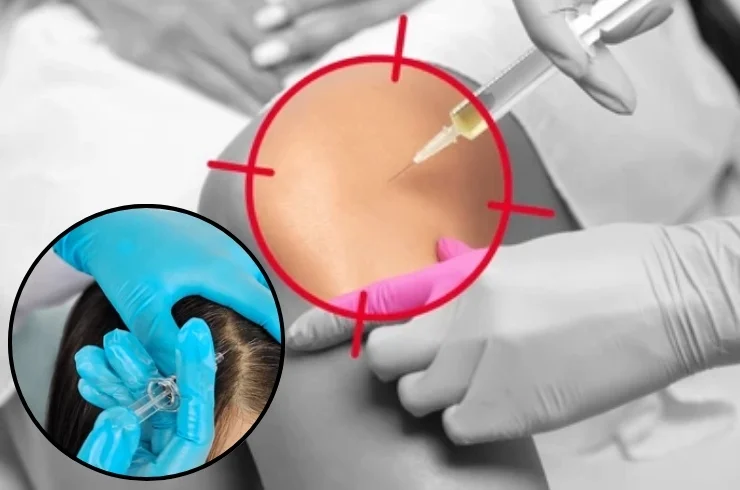Revolutionizing Healing: PRP and Stem Cell Therapy
Platelet-Rich Plasma (PRP) therapy and stem cell therapy are innovative regenerative medicine techniques increasingly used to treat orthopedic, musculoskeletal, and degenerative conditions. PRP therapy involves extracting a concentration of platelets from a patient’s blood, which contain growth factors that promote healing when injected into injured tissues. Stem cell therapy utilizes undifferentiated cells, often sourced from bone marrow or adipose tissue, to encourage tissue repair and regeneration. Both therapies leverage the body’s natural healing mechanisms to improve recovery times, reduce pain, and restore function. As the understanding of these techniques grows, they are becoming more popular as non-surgical options for patients seeking relief from chronic conditions or sports-related injuries.
